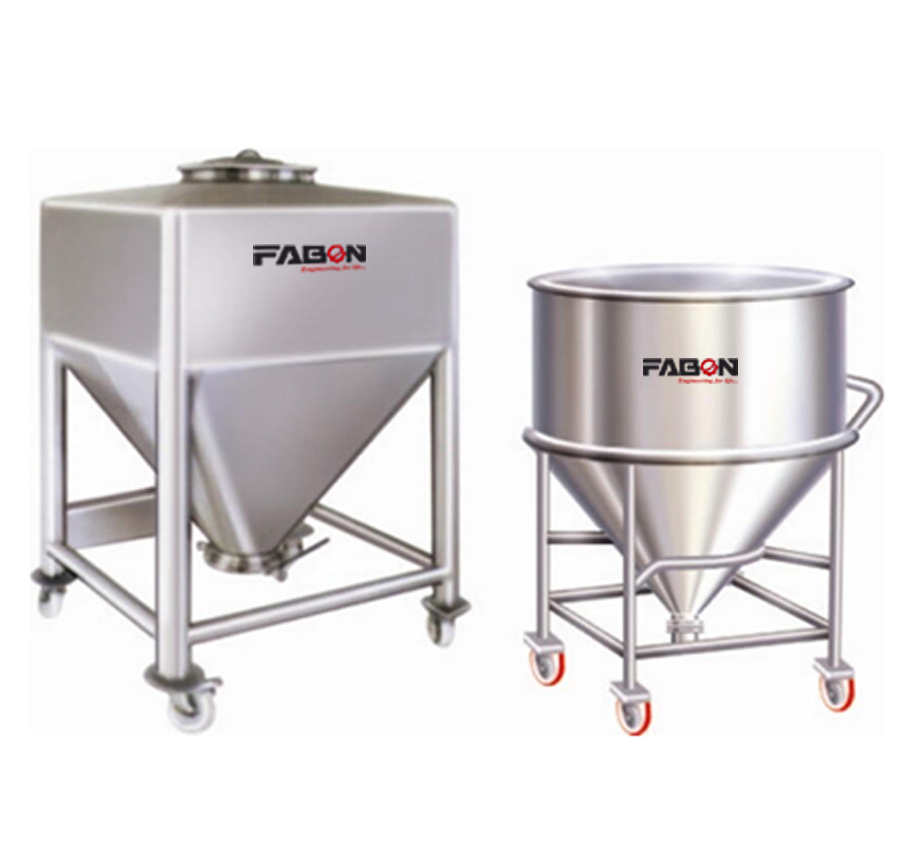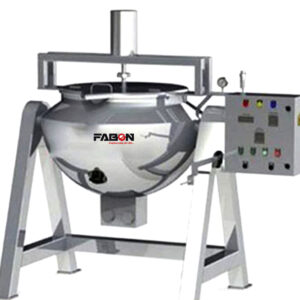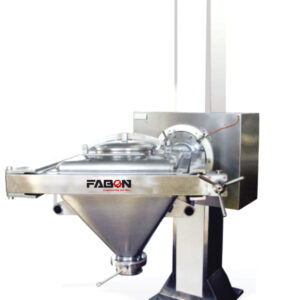IPC (Intermediate Process Container) – Technical Specification & Application in Pharma & Food Industry
Thank you for reading this post, don't forget to subscribe!IPC (Intermediate Process Container) Bins are stainless steel transfer and storage containers applied in the pharmaceutical and food industries to handle, store, and transfer powders, granules, and other substances between various stages of processing. They ensure hygienic, contamination-free, and efficient handling of material and meet GMP and FDA regulations.
Technical Specifications of IPC Bins
- Construction Material
Material: SS 316L (contact surfaces), SS 304 (non-contact surfaces)
Surface Finish: Mirror/Matte finish (Ra < 0.5 µm) to prevent contamination and easy cleaning
Sealing: Airtight with food-grade Silicone/PTFE gaskets for airtight sealing
Welding: Seamless, argon-welded construction for added strength and hygiene
- Capacity & Dimensions
Capacity Range: Between 5 liters and 2000 liters depending on batch volume
Standard Shapes: Square, Rectangular, or Cylindrical to efficiently utilize space
Wall Thickness: 2mm to 5mm to guarantee durability
- Design Features
Bottom Discharge Butterfly Valve or Slide Gate Valve for regulated material flow
Lift & Tilt Mechanism (Optional) for automatic material transfer
Stackable & Modular Design to conserve storage space and transport
Trolley Mounted (Optional) for convenient mobility
- Cleaning & Safety Features
CIP/SIP (Clean-In-Place / Sterilize-In-Place) System for fast and efficient cleaning
ATEX-Compliant Design (Optional) for explosion-proof operation in hazardous environments
Dust-Free & Contamination-Free Transfer due to airtight sealing
- Integration & Compatibility
Compatible with Blenders, RMG, FBD, Compression Machines, Tablet Coaters, etc.
Customizable Discharge Mechanism (Butterfly Valve, Cone Valve, Iris Valve)
Automated Weighing & Dosing System (Optional)
- Power Requirement (For Automated IPC Bins)
Motorized Bin Lifter: 1 HP – 5 HP
Power Supply: 220V / 380V, 50/60Hz
7. Applications of IPC Bins in the Pharmaceutical Industry
- Storage & Transfer of Granules & Powders
- Guarantees contamination-free storage and transportation of pharmaceutical ingredients.
- Material Handling Between Process Stages
- Used in wet & dry granulation, blending, compression, and coating operations.
- Weighing & Dispensing of Raw Materials
- Used for accurate formulation and batch control.
- Closed-Loop Material Transfer
- Avoids cross-contamination in cleanroom conditions.
- Integration with Other Equipment
- Direct interfacing with Fluid Bed Dryer (FBD), Rapid Mixer Granulator (RMG), and tablet presses.
- Applications of IPC Bins in the Food Industry
8.Storage of Food Ingredients
- Stores powders, grains, spices, and dairy items in a sanitary way.
- Ingredient Weighing & Batch Processing
- Guarantees precise dosing and repeatable quality during food manufacturing.
- Mixing & Blending of Food Products
- Applied in dry blending of powder food ingredients prior to packaging.
- Contamination-Free Transport
- Aids in secure transportation of material within processing plants.
- Integration with Food Processing Equipment
- Integrates with mixers, blenders, and granulators for efficient production.






Reviews
There are no reviews yet.